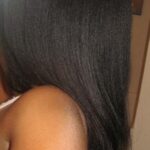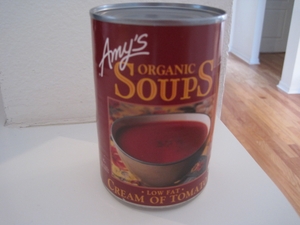More than a cover-all for bad hair days, the head wrap has really come into it own in recent months. With celebrities such as Lauryn Hill and Jada Pinkett sporting the look, it’s easy to see why wraps have come out into the open and crossed over into the mainstream.
Head wraps have been another level of personal adornment for centuries, worn as protection from the heat of the sun. In West Africa, they are known as “gele” in Yoruba or “ichafu” in Ibo and traditionally there are many ways of wearing them, each style suitable for a different occasion. For instance, the “Eko Bridge” style is popular for weddings and naming ceremonies, while “Nelema” is the style chosen by brides-to-be. In the Caribbean, too, head wraps or ties are traditionally sported by older women, especially in the countryside, as a mark of seniority.
Erykah Badu is probably the head wrap’s most famous exponent. Like Brazilian performer Carmen Miranda in the 1940s, she’s taken the head wrap to its extreme. Whatever people may say about Erykah’s style, no one could deny that she is certainly unique. Like Carmen, Erykah is petite so she relies on her towering head wrap to add extra height. But that’s just one of the good things about wearing wraps.
Financial adviser Evelyn, 29, has been wearing head wraps for three years. It all started,” she says, “when I decided to get the relaxer cut out of my hair and go natural. Of course, there’s that awful in-between stage when you just can’t seem to do a thing with your hair. I didn’t want to get my hair plaited, as I find it uncomfortable, and I was determined to keep my hair natural. Then a friend suggested I try wrapping my hair and showed me how to tie it. I was hooked, it’s so easy. Now I feel naked without one.”
Patience, 32, a television researcher, agrees that wraps are indispensable: “I started wearing head wraps after a disastrous visit to a hair salon left me with permanent hair loss. I didn’t want to wear wigs as they can irritate the scalp and good ones can be very expensive. So I decided on head wraps and I’ve never looked back. Now I don’t have to worry about being caught in the rain and I get an extra fifteen minutes in bed in the morning where I don’t have to do my hair. It’s great, I can just wrap and go!”
And IT consultant Simone, 24, says there’s nothing like a good wrap for turning heads. “I always get compliments. People are for ever stopping me in the street and asking me where I got my wrap from. `Whenever I travel I’m always on the lookout for interesting bits of fabric to use as head wraps. It’s a real conversation piece.”
Head wraps are a very simple way to make an impression. Dramatic without being ostentatious, it’s easy to go from casual to evening just with a change of accessories. Now that hats are no longer popular, head wraps are a cost effective and easy way to change your look.
So how to get started? First of all you need two yards of fabric. Cotton is better than silk as it can be held in place and doesn’t slide about. For traditional wraps, a stiff, fairly heavy cotton is used, but these can be expensive – upwards of $300 for fabrics which feature gold inlaid designs. Remember to take your colouring and face shape into account when choosing a pattern and style. The right wrap will draw attention to your face and accentuate your features. It’s best to stay away from monochrome material, particularly black and charcoal grey. Choose warm colours and patterns – reds, oranges, blues and greens in traditional African prints are most flattering. Try your local market or African store for material. Many department stores also have fabric sections where you can buy end-of-roll pieces and off-cuts cheaply.
When you have chosen your fabric, stretch the head wrap around the back of the head, making sure that both sides are equal in length. Next pull out one of the sides across the top of the head. Then pull the other side across the top of the head. Bring the left side of the head wrap around the back of the head to the right. Then bring the right side of the head wrap around the back of your head to the left. Finally, fold the two pieces of head wrap on the front of your head and secure with a bobby pins. For inspiration, check out Letsshoparoundtheworld.com – you can order African-designed head wraps from $13.95. While at Africaimports.com there are instructions and diagrams to help you learn how to tie wraps in the traditional way. There are also a selection of wraps to order. Nappyhair.com is another helpful site with good colour pictures of a variety of styles to choose from.
If you’re nervous about trying out such a new look for the first time, experiment while you’re away on holiday – head wraps are an excellent way to protect hair from the sun or simply to give it a rest from styling products and treatments. But really there’s no right or wrong way to tie a head wrap. Don’t be put off if it doesn’t come together the first time. Practice makes perfect, so get wrapping!





